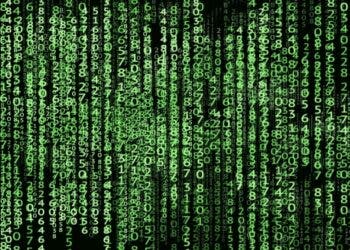
“Information: A Historical Companion”
Edited by Ann Blair, Paul Duguid, Anja-Silvia Goeing, and Anthony Grafton
Princeton University Press, 904 pages | Buy on Amazon
In 1964, media theorist Marshall McLuhan declared that he was living in the “age of information.” Little did he know, however, how much the birth of the World Wide Web would influence the volume of data we share today. In 2020, in the already classical “internet minute,” people sent more than 40 million messages through WhatsApp, posted 350,000 stories on Instagram, and shared 150,000 photos on Facebook.
How did we end up producing so much information? How did we learn to process it, search it and store it? These are some of the questions the book ‘Information, A Historical Companion’ edited by Ann Blair, Paul Duguid, Anja-Silvia Goeing, and Anthony Grafton tried to answer. Its essays, written by academics from all around the world, tell the story of information beginning with ancient societies. Authors take us through East Asia, early modern Europe, the medieval Islamic world, but also North America. The book’s 13 chapters offer chronological narratives, discussing how information shaped the world as we know it. They are followed by more than 100 entries that focus on concepts, tools, and methods related to information.
The book also describes more recent developments in the field, including algorithms, intellectual property, privacy, databases, censorship, and propaganda. It also looks at capitalism, information circles, and the crisis of democracy, explaining some of the most famous theories academics and technologists came up with.
The thirteenth chapter, on communication and computation, presents Babbage’s Difference Engine, Claude Shannon’s influential “theory of communication,” and Vannevar Bush’s “memex” device for storing information, which originally appeared in his 1945 article “As We May Think.” It also describes more recent ideas, including the TCP/IP networking protocol, ARPANET, and WWW. None of today’s technologies would have existed without these early innovations.
The book is also an invitation to ponder upon the belief that the abundance of information would lead to increased democracy and a better life for us all. It showcases the thoughts of J.C.R. Licklider and Douglas Engelbart, who said that technology would set us free, believing that information feeds democracy.
“The optimism that runs through these claims has to confront the contrary feelings that rather than more information being a good thing, it can be highly problematic; and that while control over information may be beneficial, we are often in danger of being controlled by information and the algorithms it feeds,” writes Paul Duguid. “Both the optimistic and the pessimistic views have a curiously long history.”
At the end of the chapter, Duguid put the reason for writing this book in a nutshell: “Perhaps, after all, the dots of our ‘information age’ are more closely connected to the past than those who deem history irrelevant realize.”






